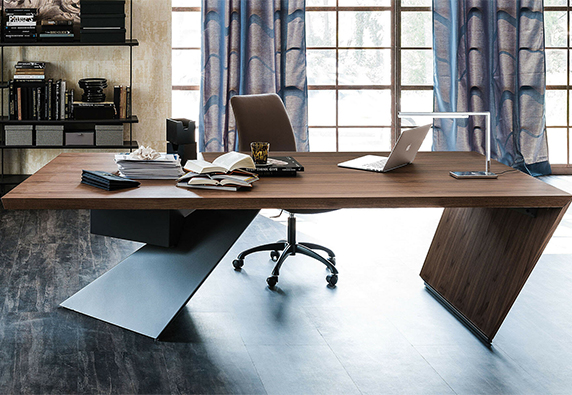
What is the Difference between Desk and Office Desk?
When it comes to setting up a functional and productive workspace, the choice of furniture is crucial. Among the essential pieces, desks take center stage. But have you ever wondered about the difference between a regular 'desk' and an 'office desk'? Let's explore to understand their distinctions and how they impact your work environment.

The Basic 'Desk':
A 'desk' is a generic term for furniture with a flat surface, supported by legs, designed for various tasks like studying, writing, crafting, or using a computer. They come in different shapes, sizes, and materials, catering to various needs in homes, schools, and libraries.

The Specialized 'Office Desk'
On the other hand, an 'office desk' is specifically tailored for professional or business settings. It's designed to meet the needs of a working environment, offering added features like built-in storage, cable management, and ergonomic designs to enhance productivity and efficiency. These specialized desks ensure a seamless and organized work experience, making them a perfect fit for the demands of the workplace.
Key Differences
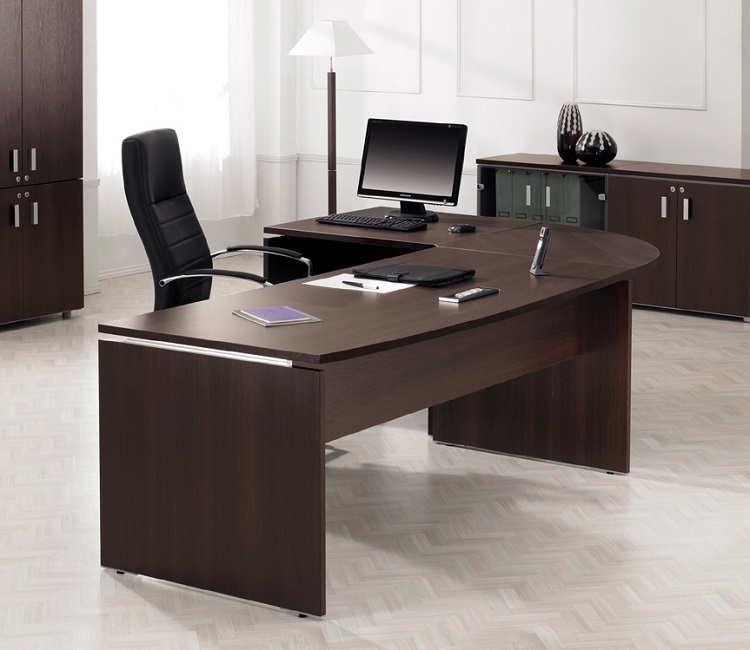
Design and Functionality
Regular desks boast a more versatile design, catering to a broad range of activities. They are simple and lack the specialized features found in office desks. In contrast, office desks are purpose-built to support daily office tasks, such as computer work, paperwork, and organizing supplies efficiently.

Ergonomics
Office desks prioritize ergonomics to ensure a comfortable and healthy working posture. They often come with adjustable heights, ergonomic keyboard trays, and monitor stands. Regular desks may not offer the same level of attention to ergonomics, as they aren't primarily intended for extended periods of office work.
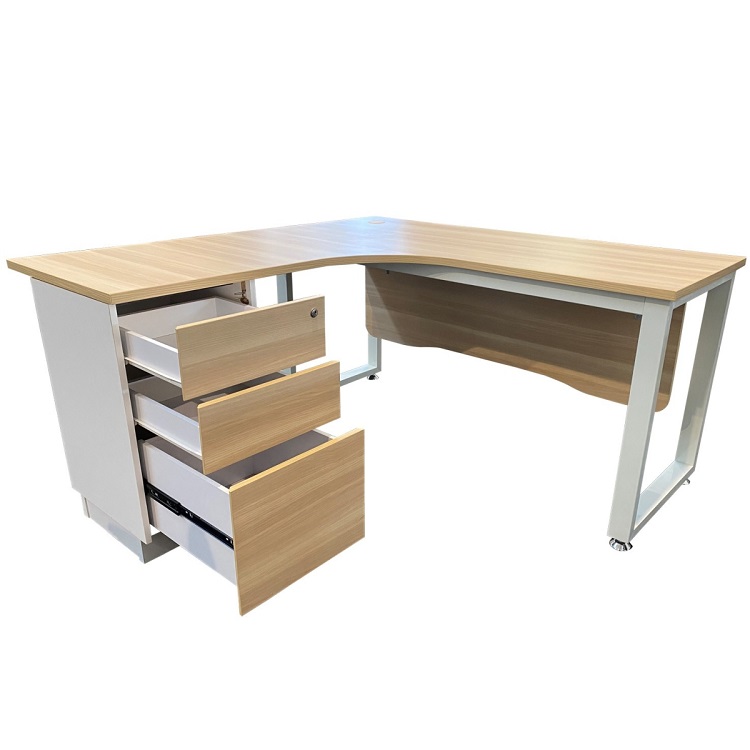
Storage Solutions
Office desks excel in providing storage options, like drawers, shelves, and filing cabinets, keeping office essentials organized and within reach. Regular desks may have limited or no built-in storage features.

Professional Aesthetics
Office desks are designed to seamlessly fit into a professional environment with a clean and polished appearance. In contrast, regular desks have more diverse aesthetics, catering to individual tastes and home decor.
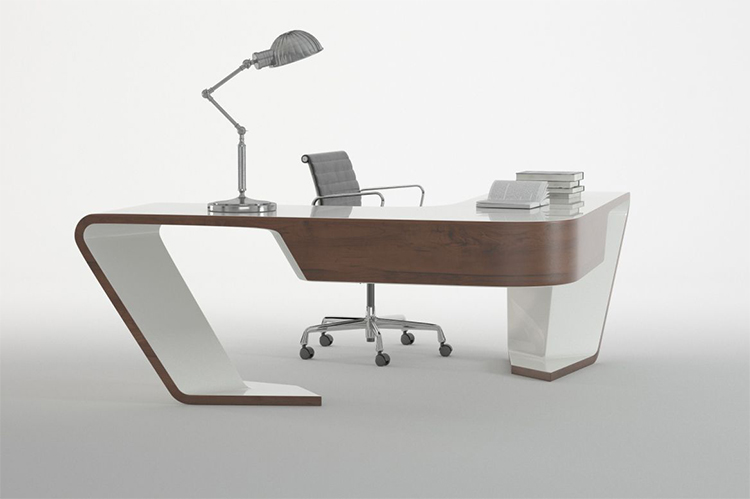
Conclusion
Both 'desks' and 'office desks' serve the purpose of providing a work surface, but their key differences lie in specialized designs, functionality, and suitability for various environments. When setting up a home office or professional workspace, choosing the right 'office desk' ensures a comfortable and organized work environment that enhances productivity and professionalism.
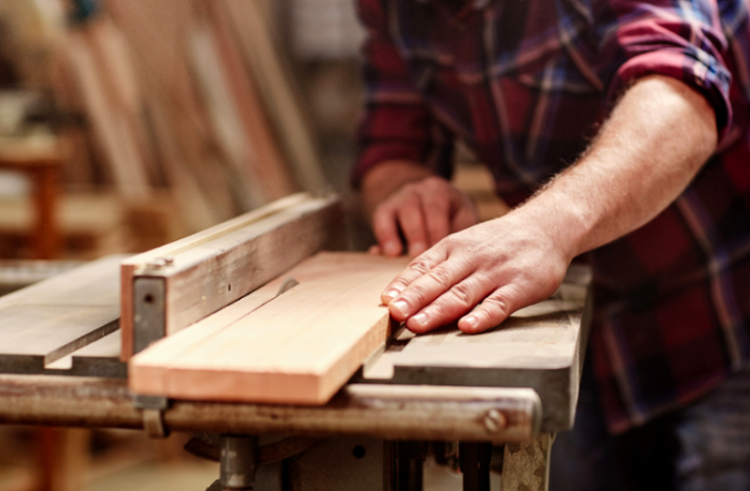
What materials are usually used to make desks?
Office desks come in a variety of materials, each with its own unique advantages and aesthetics. Here are some common materials used in the manufacturing of office desks:
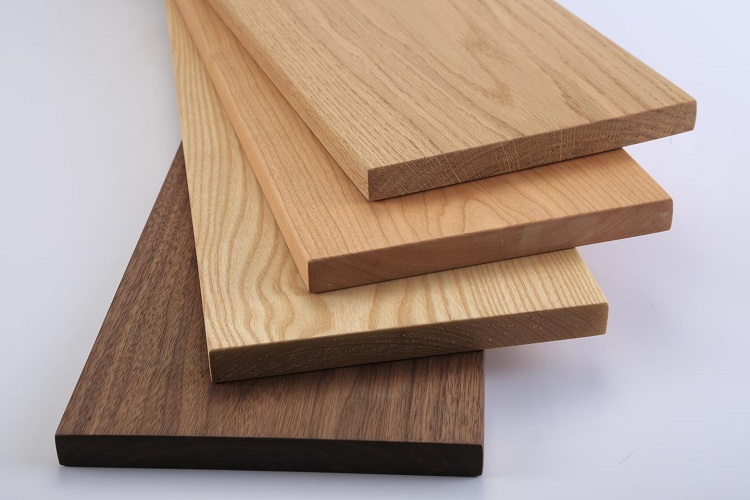
Solid Wood
Known for its timeless appeal and durability, solid wood desks exude grace and sophistication. They come in various finishes and wood types, such as oak, mahogany, or walnut, adding a touch of natural beauty to any office space.

Engineered Wood
lAlso known as composite wood or MDF (Medium-Density Fiberboard), engineered wood is a cost-effective alternative to solid wood. It is crafted by binding wood fibers together with resins and offers a smooth and consistent finish.
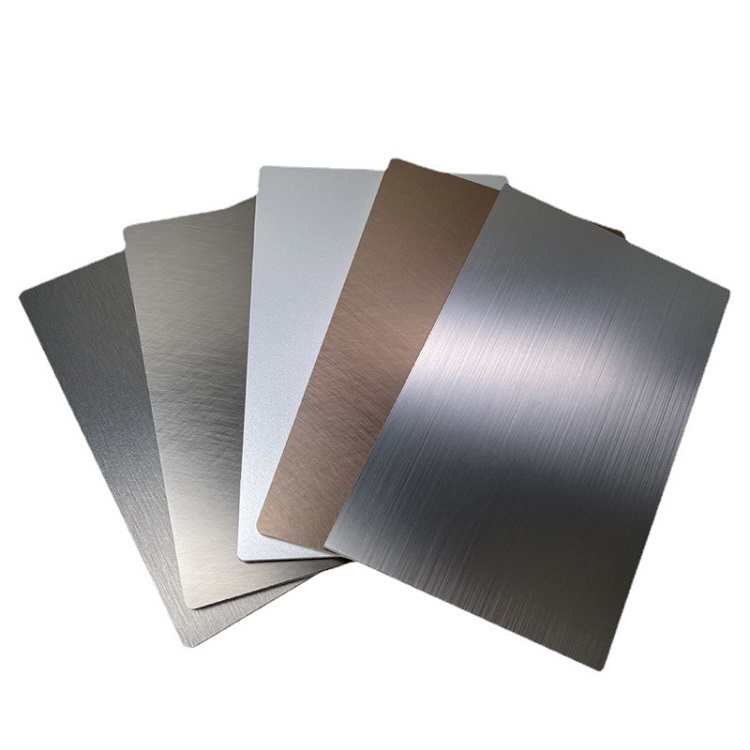
Metal
Metal desks are renowned for their modern and minimalist aesthetics. They are sturdy and often have a sleek design, making them popular choices for contemporary office settings.
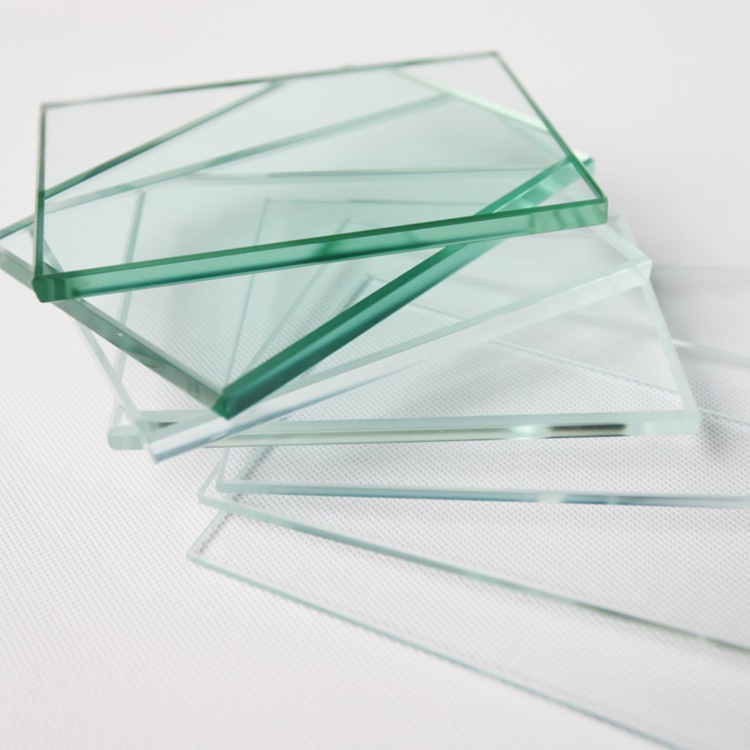
Glass
Glass desks create an airy and open feel, perfect for smaller office spaces or modern interiors. They add a touch of sophistication and can be paired with metal or wood factors for a stylish look.
Advantages and disadvantages of common materials
Solid Wood:
Pros: Timeless beauty, durability, and natural appeal. Adds a touch of grace to any space.
Cons: Can be expensive, requires regular maintenance to prevent scratches and water damage.
Engineered Wood:
Pros: More affordable than solid wood, smooth surface, and readily available in various finishes.
Cons: Less durable than solid wood, may not withstand heavy usage for an extended period.
Metal:
Pros: Modern and minimalist appearance, sturdy and easy to clean, ideal for contemporary settings.
Cons: May lack warmth and comfort, potential for chipping or denting over time.
Glass:
Pros: Sleek and sophisticated look, reflects light to brighten the space, easy to clean.
Cons: Prone to fingerprints and smudges, may not be as durable as other materials.
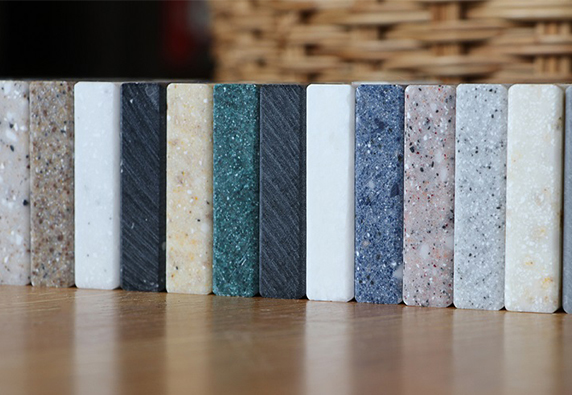
Solid Surface
Pros: High durability, scratch and stain resistance, non-porous surface for easy cleaning.
Cons: May not have the same natural appeal as wood, limited color options compared to other materials.
Recommended Office Desk
when selecting an office desk, it's essential to weigh the pros and cons of different materials. For a reliable and stylish solution that enhances your workspace and provides long-lasting performance, look no further than the solid surface office desks offered by wbstone.com. Visit their website today and find the ideal desk that complements your office aesthetics and boosts productivity.
- Blog Categories
- Industrial Knowledge
 WANBEST
WANBEST
















 WANBEST
WANBEST